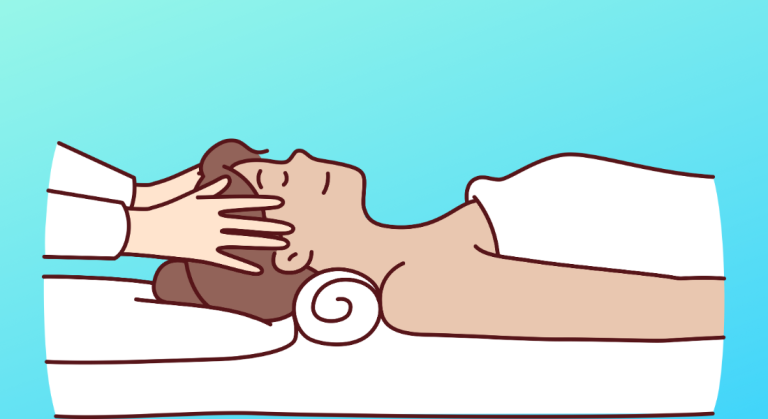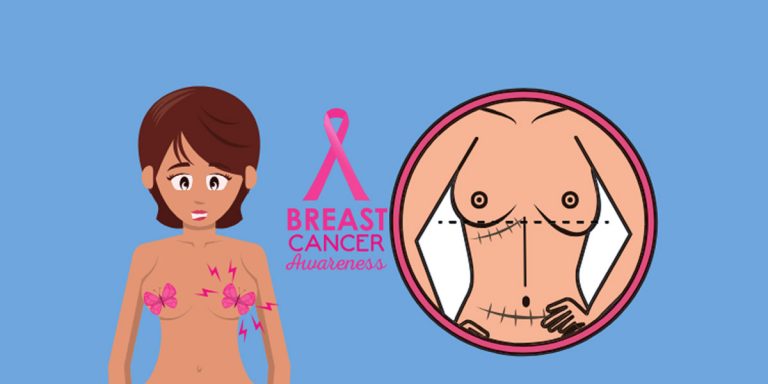Intoeing, also known as pigeon-toeing, is a common condition in infants and young children characterized by inward rotation of the foot. While often a natural part of development, persistent intoeing can benefit from physical therapy intervention. Let's delve into the causes, assessment, and physical therapy strategies for managing pediatric intoeing.
Causes of Intoeing:
- 1. Metatarsus Adductus: This condition, present at birth, causes the foot to have a C-shaped appearance due to inward curvature.
- 2. Internal Tibial Torsion: Common in toddlers, this involves inward twisting of the shin bone.
- 3. Forward Rotation of Femoral Neck: Seen in infants, where the femur bone rotates inwardly, contributing to intoeing.
» Onset and Diagnosis:
Intoeing typically becomes noticeable after the age of three and is often diagnosed between three and six years old. It's more prevalent in girls. Metatarsus adductus manifests before birth, while internal tibial torsion is common between one and four years of age. During infancy, forward rotation of the femoral neck contributes to intoeing.
Physical Examination:
The physical therapist assesses various aspects, including:
- - Foot Landing: How the foot lands during walking, running, and other activities.
- - Flexibility of Joints: Particularly in the feet.
- - Posture: Evaluating the alignment of hips, knees, and feet. Common observations include a preference for sitting in a "W" position and difficulty sitting cross-legged.
Treatment with Physical Therapy:
Physical therapy interventions aim to improve postural alignment and function. Recommendations may include:
- Encouraging Better Sleeping Positions:
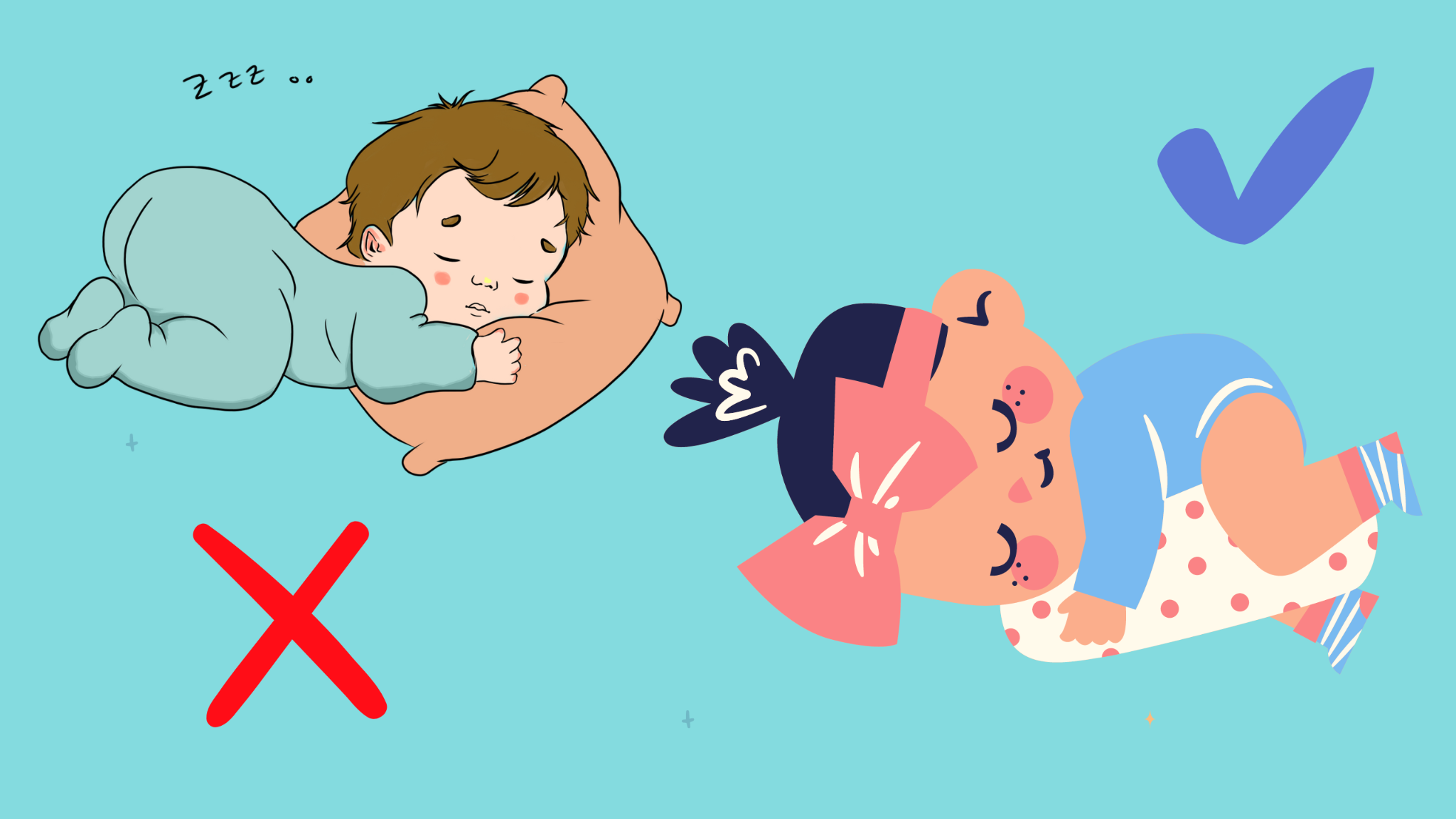
Avoiding facing down positions with hips and knees fully flexed and feet internally rotated under hips.
A body pillow can indeed offer several benefits for children:
- 1. Promote proper spinal alignment: A body pillow can help keep the spine in a neutral position while sleeping, which is important for proper growth and development.
- 2. Eliminate muscle tension: By providing support to different parts of the body, such as the head, neck, back, and legs, a body pillow can help relieve muscle tension and promote relaxation.
- 3. Improve muscle relaxation: With the support and comfort it provides, a body pillow can aid in relaxing the muscles, leading to a more restful sleep for children.
- 4. Provides the support of three pillows in one: Instead of using multiple pillows to support various parts of the body, a body pillow combines all these functions into one, providing comprehensive support and comfort.
- 5. Improve quality sleep: By promoting proper spinal alignment, relieving muscle tension, and enhancing muscle relaxation, a body pillow can contribute to better quality sleep for children, leading to improved overall health and well-being.
However, it's essential to ensure that the body pillow is age-appropriate, hypoallergenic, and securely positioned to prevent any risk of suffocation or discomfort for the child.
- Encouraging proper sitting positions:
It can be helpful in addressing in-toeing gait in children. Here's why avoiding "W-sitting" and promoting cross-legged or long sitting can be beneficial:
- 1. W-sitting: Sitting in the W-position involves sitting on the floor with knees bent, feet positioned behind the body, and the legs splayed out to the sides. While this position may be comfortable for some children, it can lead to tightness in the hip muscles and promote a posture that exacerbates in-toeing gait.
- 2. Cross-legged Sitting: Encouraging your child to sit with their legs crossed or in a "criss-cross applesauce" position can help promote hip flexibility and alignment. This position encourages the hips to rotate externally, which can be beneficial for children with in-toeing gait.
- 3. Long Sitting: Long sitting refers to sitting on the floor with legs extended straight out in front. This position encourages stretching of the hamstrings and can help improve overall lower body flexibility,posture, and alignment.
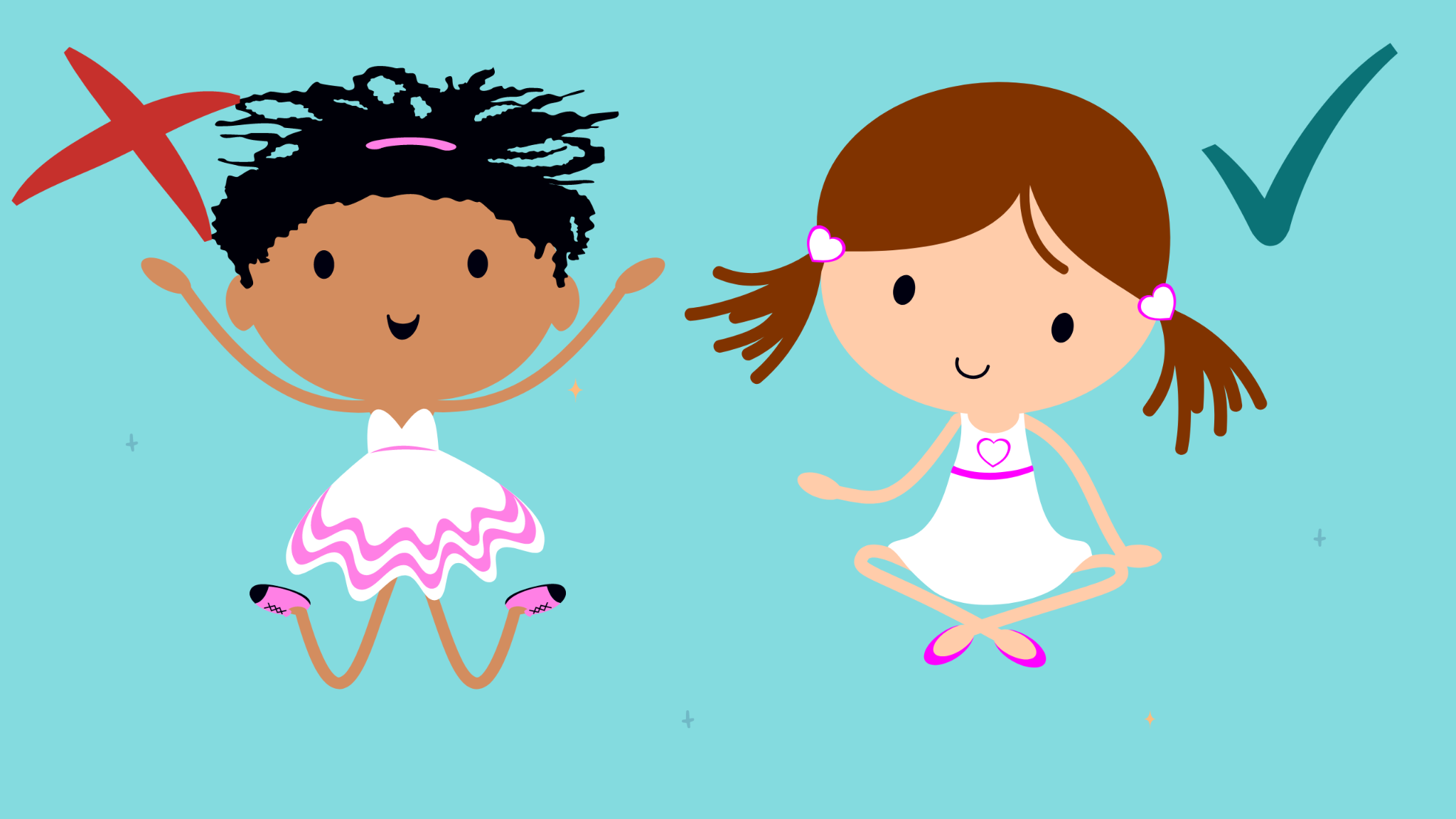
By discouraging W-sitting and promoting cross-legged or long sitting, you can help encourage proper alignment of the hips and legs, which may help improve your child's gait over time. Additionally, incorporating activities and exercises that promote hip flexibility and strength, such as stretching exercises and active play, can further support the development of a more typical gait pattern.
It's essential to remember that consistency is key when it comes to encouraging proper sitting positions and addressing in-toeing gait. Gentle reminders and positive reinforcement can help your child develop healthy sitting habits that promote optimal lower body alignment and support their overall physical development. If you have concerns about your child's gait or sitting habits, consulting with a healthcare professional, such as a pediatrician or physical therapist, can provide further guidance and support tailored to your child's specific needs.
- Stretching exercises for the calf, lower back, and hamstrings.
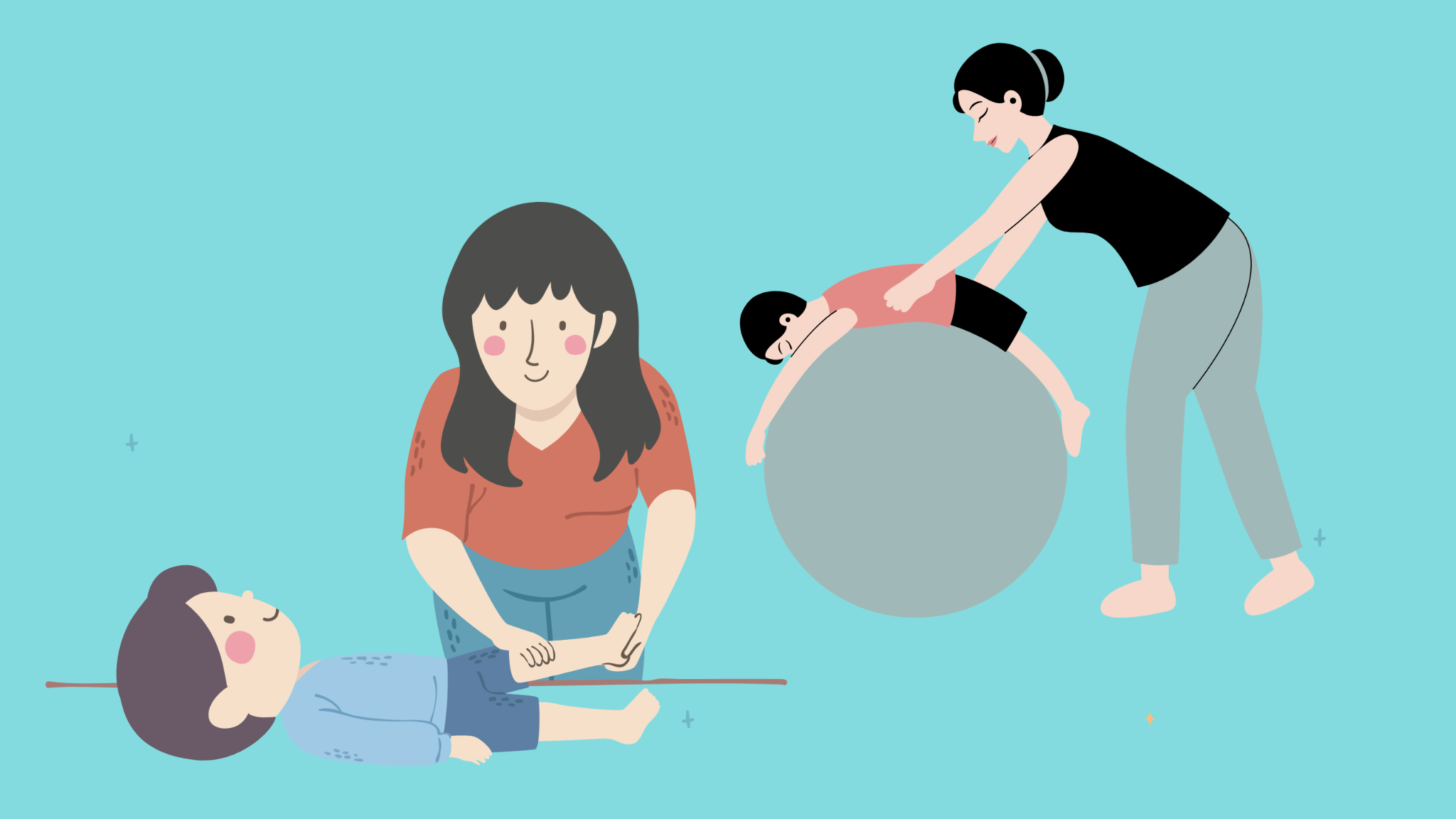
Stretching activities for children should be gentle and safe, focusing on promoting flexibility and mobility without causing any strain or discomfort. Here are some suggested calf and hamstring stretching activities suitable for children:
1. Calf Stretches:
- » Toe Touches: Encourage your child to reach down toward their toes while sitting or standing, keeping their legs straight. Support them if needed and ensure they don't overextend.
- » Wall Push: Have your child stand facing a wall with their hands against it. Encourage them to lean forward, pressing their hands against the wall while keeping their heels on the ground, to feel a gentle stretch in their calves.
- » Animal Walks: Create a fun game where your child imitates different animal walks like "bear walks" or "duck walks," which naturally engage and stretch their calf muscles.
2. Hamstring Stretches:
- » Leg Swings: Hold your child's hand for balance and encourage them to swing one leg forward and backward gently, keeping it straight. This movement helps stretch the hamstring.
- » Seated Forward Bend: Sit on the floor facing each other with legs extended. Hold hands and gently lean forward, keeping the back straight, and encouraging your child to do the same. Stop at a comfortable stretch point.
Always ensure that stretches are done in a playful and encouraging manner, and never force a stretch beyond what is comfortable for the child. It's essential to incorporate these stretches into a broader routine of physical activity and play to promote overall flexibility and mobility in children. Additionally, consulting with a pediatrician or a physical therapist for specific guidance tailored to your child's needs is recommended.
- Playful Activities:

Here are some fun and engaging activities for children to help improve toeing gait:
- 1. Obstacle Course: Create a simple obstacle course using pillows, cushions, or household items. Encourage your child to navigate through the course, stepping over, crawling under, and walking around obstacles. This activity promotes balance and coordination, which can help improve gait alignment.
- 2. Balancing Games: Set up balance beams using masking tape on the floor or use a low beam if available. Encourage your child to walk along the beam, 2. practicing balance and alignment. You can make it a game by placing toys along the beam for them to pick up as they walk.
- 3. Simon Says: Play a game of "Simon Says" where you give instructions for different movements such as marching, skipping, or hopping. Encourage your child to pay attention to how their feet are positioned during each movement, helping them become more aware of their gait.
- 4. Dance Party: Put on some music and have a dance party with your child. Encourage them to try different dance moves like jumping, twirling, and side-stepping. Dancing helps improve overall coordination and can encourage a more natural gait pattern.
- 5. Outdoor Play: Take your child to the playground and encourage them to climb on equipment like ladders, steps, and ramps. Climbing helps strengthen leg muscles and improves balance, which can positively impact gait alignment.
- 6. Animal Walks: Pretend to be different animals and encourage your child to mimic their movements. For example, walk like a penguin with toes pointed outward, jump like a frog, and walk like a monkey., This activity can help improve awareness of foot positioning and alignment.
- 7. Ball Games: Play simple ball games like kicking, rolling, or throwing and catching a ball. These activities help improve coordination, balance, and muscle strength in the legs, which can contribute to better gait alignment.
- 8. Toe Tapping: Encourage your child to tap their toes on different surfaces like the floor, carpet, or outdoor ground. This helps improve foot control and proprioception, which can contribute to a more stable and aligned gait.
Remember to make these activities fun and engaging for your child, and always supervise them to ensure safety. If you have concerns about your child's gait, it's a good idea to consult with a pediatrician or physical therapist for personalized guidance and support.
– Core Strengthening:
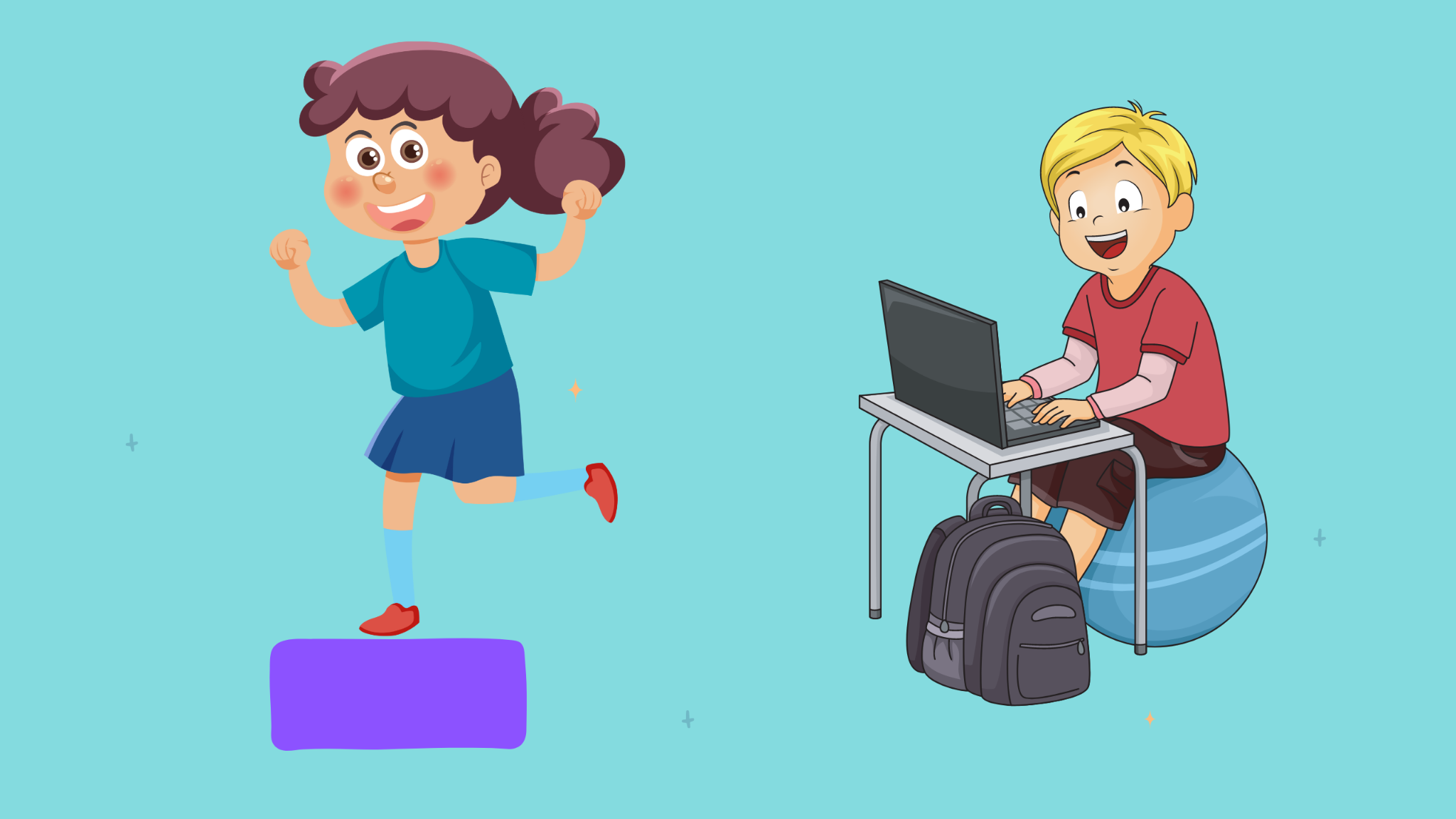
Standing on unstable surfaces like foam balance pad or sitting on a therapy ball or peanut ball to improve core and hip alignment.
– Proprioception Training

Walking barefoot on different surfaces and using footprints to encourage proper foot alignment.
– Coordination and Muscle Strength
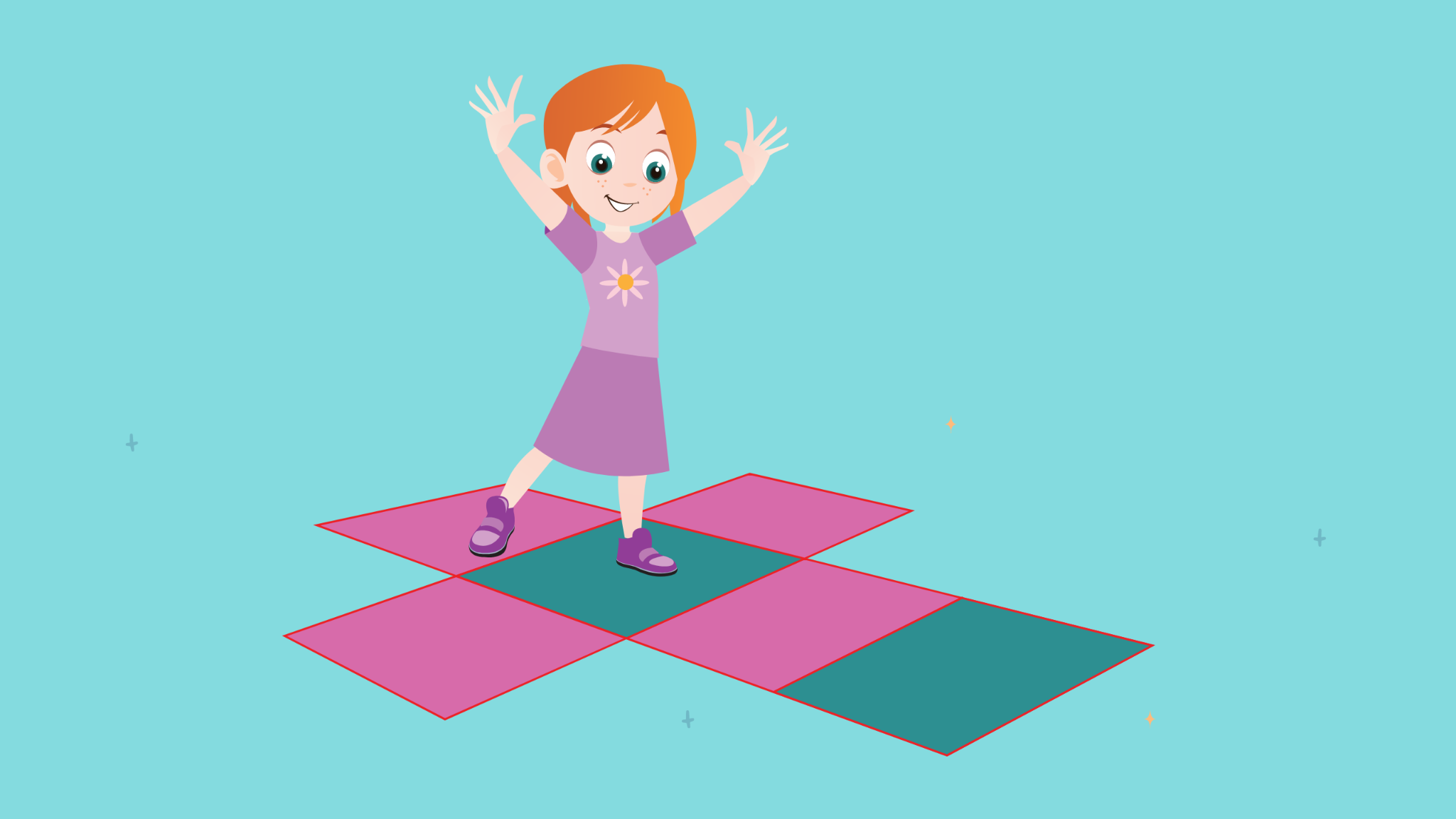
Activities like jumping or walking on agility ladders or a hopscotch mat are very helpful.
When to Seek Help:
If you notice persistent in-toeing gait in your child, it's generally a good idea to consult with a healthcare professional, such as a pediatrician or a physical therapist. Here are some signs that may indicate it's time to seek physical therapy for in-toeing gait:
- 1. Persistent In-Toeing: If your child constantly walks with their toes pointing inward beyond the age of 2 or 3 years old, it may be a sign of an underlying issue that requires attention.
- 2. Trips and Falls: If your child frequently trips or falls while walking, especially if it seems to be related to their in-toeing gait, it could indicate a balance or coordination problem that physical therapy may help address.
- 3. Complaints of Pain or Discomfort: If your child complains of pain or discomfort in their legs, feet, or hips, especially after physical activity or prolonged walking, it's essential to have them evaluated by a healthcare professional.
- 4. Difficulty with Activities: If your child has difficulty participating in physical activities, sports, or play due to their in-toeing gait, physical therapy can help improve their strength, coordination, and mobility.
- 5. Delayed Milestones: If your child's in-toeing gait is accompanied by delays in other developmental milestones, such as delayed walking or difficulty with gross motor skills, it may be beneficial to seek guidance from a physical therapist.
- 6. Family History of Orthopedic Conditions: If there is a family history of orthopedic conditions that could contribute to in-toeing gait, such as hip dysplasia or clubfoot, it's important to monitor your child's gait and seek early intervention if needed.
Overall, if you have any concerns about your child's gait or if you notice any of the signs mentioned above, it's best to consult with a healthcare professional for an evaluation. A physical therapist can assess your child's gait, identify any underlying issues, and develop a personalized treatment plan to address their specific needs. Early intervention through physical therapy can often help improve gait patterns and prevent potential complications in the future.
In conclusion, pediatric intoeing is a common condition that often resolves with time, but persistent cases may benefit from physical therapy. By addressing underlying factors and implementing targeted exercises and activities, to improve gait and overall function in children with intoeing.
If your child has intoieing gait call Doctora Alexandra Chaux at Chaux Physical Therapy: 805-203-9940, to make an appointment to help regain the quality of life your child deserves.
The information in this blog is for educational and informational purposes only, its content is provided based upon evidence-based research, knowledge, and experience as a Doctor of Physical Therapy (DPT).
References
Gonzales AS, Saber AY, Ampat G, et al. Intoeing. [Updated 2023 Jul 22]. In: StatPearls [Internet]. Treasure Island (FL): StatPearls Publishing; 2024 Jan. Available from: https://www.ncbi.nlm.nih.gov/books/NBK499993/



